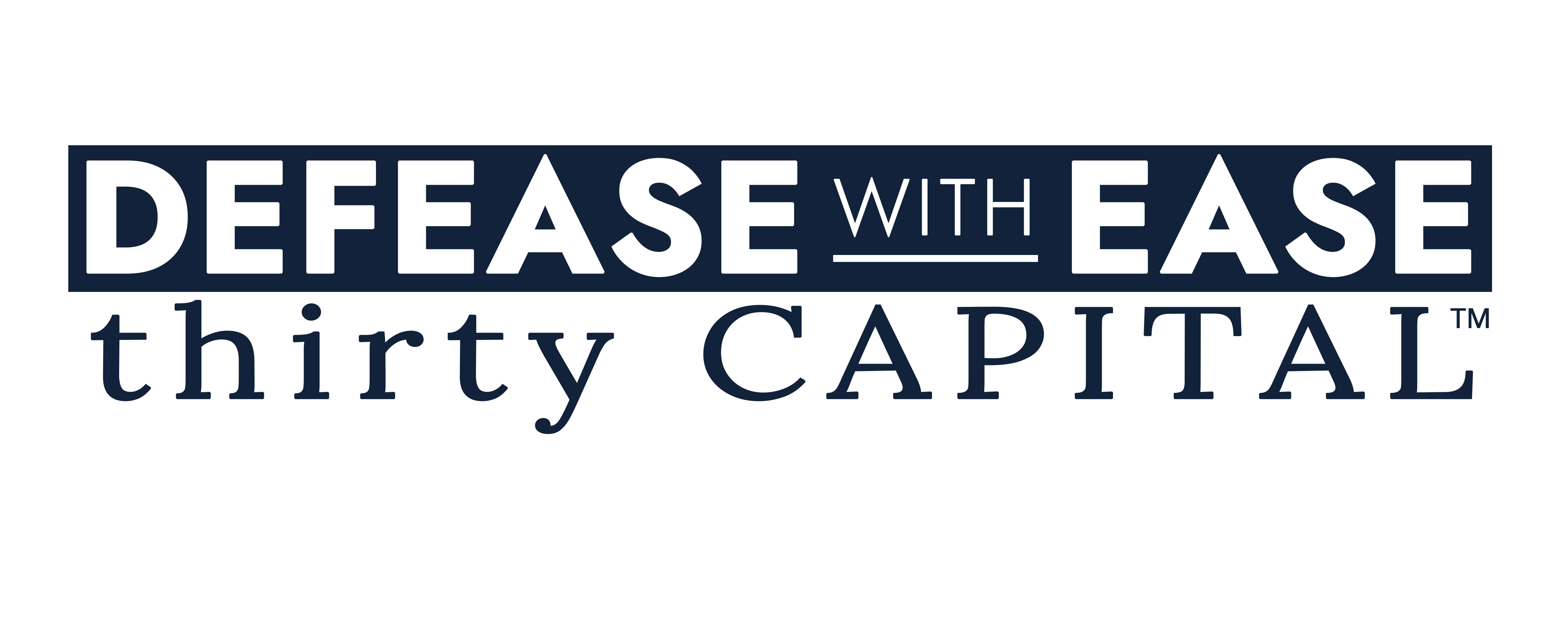Smart CRE debt management is one of the most critical aspects of a successful portfolio strategy in the rapidly evolving landscape of commercial real estate (CRE). Data-driven debt management decisions has become essential for CRE owners and operators who seek to optimize their portfolios and maximize returns while managing risk. The reliance on traditional methods, which often involve a combination of gut instinct and historical trends, is no longer sufficient in an era where real-time data and predictive analytics can provide actionable insights.
In this article, we explore why data-driven debt management is the key to smart CRE portfolios, and how leveraging data-driven strategies can help owners navigate the complexities of debt management in today’s volatile market.
The Shift to Data-Driven Debt Management
Historically, CRE owners and operators relied heavily on personal experience and intuition to make decisions about their debt obligations. While these methods often served well in the past, today’s CRE market is influenced by a multitude of macro and microeconomic factors, including market volatility, economic shifts, and rapidly changing interest rates. To succeed in such a dynamic environment, owners and operators must move away from subjective decision-making toward a more objective, data-driven approach.
In recent years, the availability of advanced technologies, including data analytics platforms and scenario modeling tools, has opened new possibilities for debt management. The ability to collect, analyze, and interpret large volumes of data empowers CRE professionals to make informed, strategic decisions that improve both short-term and long-term outcomes.
The benefits of a data-driven approach to debt management are evident in several areas:
- Risk Mitigation: By analyzing data patterns, professionals can identify potential risks related to interest rate fluctuations, cashflow shortfalls, or market downturns. These insights can support more informed timing of actions, such as refinancing or evaluating interest rate options, to help mitigate potential risks.
- Enhanced Forecasting: Data provides the ability to forecast future performance under various scenarios. Professionals can model different interest rate environments, economic conditions, or asset operations to predict how changes will affect their debt obligations and cashflows.
- Optimized Debt Structures: Real-time data helps owners make informed decisions about structuring their debt. Whether it’s choosing between fixed- or floating-interest rates or determining the ideal loan-to-value ratio (LTV), data ensures that decisions are grounded in financial reality, rather than speculation.
The Role of Data in CRE Debt Management
Data-driven decision-making in CRE debt management has evolved far beyond reviewing static financial statements or relying on historical trends. Modern debt strategies are built on dynamic insights—powered by real-time portfolio analytics, market benchmarks, and advanced scenario planning. Here’s how data supports more intelligent, agile debt management across key areas:
Debt Servicing Alignment
Ensuring that property income supports ongoing debt obligations is foundational. Through real-time analytics, professionals can evaluate current and projected net operating income (NOI) alongside future debt service payments. This allows them to identify potential shortfalls early, adjust operating strategies, or explore refinancing opportunities that better align with income forecasts.
Strategic Interest Rate Planning
With interest rates often shifting unpredictably, data plays a crucial role in helping professionals manage rate exposure. By aggregating current market data with historical benchmarks, professionals can better evaluate the implications of fixed vs. floating rate structures. This also informs professionals of the impact of various hedging strategies like interest rate caps or swaps, allowing for more proactive planning rather than reactive decision-making.
Scenario-Based Risk Modeling
Stress testing is essential for identifying vulnerabilities across various market conditions. Data platforms can model how shifts in occupancy, rental rates, expenses, or capital costs would affect portfolio stability. These simulations help professionals understand potential downside risks, assess liquidity needs, and determine which assets may require restructuring under stress scenarios.
Performance Visibility Across the Debt Stack
Managing debt effectively requires full transparency into the composition and behavior of the portfolio. By continuously tracking metrics like LTV ratios, covenant compliance, and maturity timelines, professionals can spot underperforming positions and inefficiencies. This enables timely decisions around restructuring, early payoffs, or adjusting leverage to improve financial health.
Strategic Solutions for Smarter Debt Decisions
To navigate today’s complex debt environment, CRE owners and operators need more than just data—they need practical, solution-oriented services that turn information into action. By leveraging the right insights and expert support, professionals can make more confident, strategic debt decisions:
- Market Insights: Staying ahead of interest rate trends and market shifts is critical. Market insight solutions help owners interpret key indicators like the forward curve, Fed dot plot, and economic forecasts to anticipate capital market movements. With this context, owners can time refinancings, assess fixed vs. floating rate options, and make proactive moves aligned with future conditions—not just today’s.

- Debt Analyst Support: Specialized debt analysts bring clarity and focus to portfolio performance. Through monthly reviews, they assess loan health, flag covenant or maturity risks, and uncover refinancing or restructuring opportunities. This ongoing partnership ensures owners are continuously optimizing their debt strategies and addressing risks before they become costly.
- Liquidity Optimization: Managing debt effectively also means managing liquidity with precision. Liquidity optimization solutions align cashflow forecasting, reserve planning, and debt service obligations so capital is deployed efficiently and strategically. These services help owners maintain adequate buffers, reduce idle capital, and avoid surprises in a shifting market.
The Impact of Data on Debt Strategy
The use of data in CRE debt management is transforming how owners and operators approach debt strategy. By utilizing data-driven tools, owners can optimize their debt portfolios, reduce risk exposure, and make more informed decisions about how to structure their financing. This impact is particularly noticeable in the following areas:
- Increased Efficiency: Automating debt analysis and monitoring with data-driven platforms can save time and resources, allowing owners to focus on more strategic aspects of their business. With accurate, real-time data at their fingertips, professionals can make quick, informed decisions about debt management without relying on outdated information or manual processes.
- More Informed Decision-Making: The integration of predictive models and advanced analytics empowers owners to make decisions based on real-time data and projections, rather than relying on assumptions. By evaluating various potential scenarios, owners can determine the most efficient way to manage their debt and respond to changing market conditions.
- Improved Risk Management: Data-driven debt management provides professionals with the tools they need to identify risks before they become major problems. Whether it’s adjusting debt structures to accommodate changing market conditions or refinancing loans to lower costs, data enables owners to act proactively rather than reactively.
Data-Driven Debt Management
Data-driven decision-making is revolutionizing smart CRE debt management. By leveraging advanced technologies, predictive analytics, and real-time market insights, CRE owners and operators can optimize their portfolios, reduce risks, and improve financial performance.
At Defease With Ease | Thirty Capital, we are committed to helping our clients harness the power of data to manage their debt more effectively, providing them with the tools and expertise needed to succeed in today’s dynamic market. Let us help you unlock the full potential of your debt portfolio—contact us today to learn how our expert advisory and innovative solutions can drive smarter, more informed debt decisions for your portfolio.




